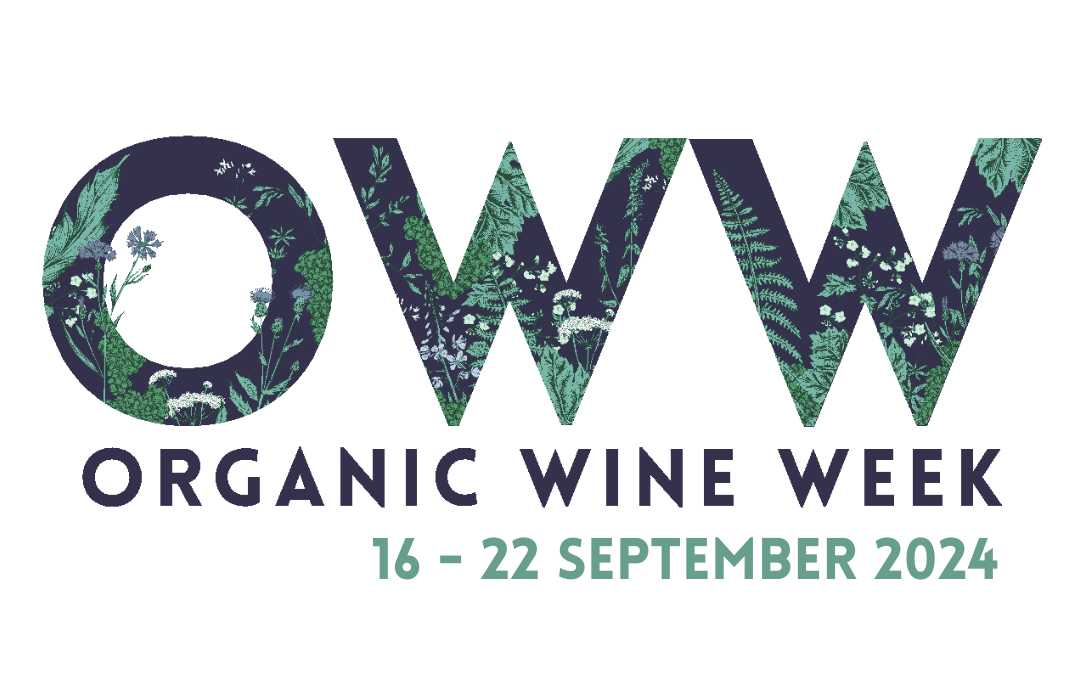Join Us in Celebrating Organic Wine Week by Exploring Greystone and Our Organic Regenerative Practices!
At Greystone, we believe in the power of natural systems. Since 2017, we’ve been fully certified organic wine producers, and in 2021, we took our commitment further by embracing regenerative farming. This approach focuses on soil health, biodiversity, and ecosystem resilience, guiding us to make decisions that benefit the environment.
What is Regenerative Farming?
Regenerative farming is a philosophy rather than a strict set of rules. It’s about improving the quality of key resources—soil, water, and air—through practices that evolve over time. Each vineyard, including ours, adapts these principles to suit its unique land and needs. Here’s how we implement organic regenerative practices at Greystone:
1. Building Soil Health
– Healthy soil is the foundation of great wine. By increasing soil carbon, we enhance water retention and resilience to extreme weather. We plant a diverse range of species between vine rows, reducing the risks associated monoculture such as low numbers of invertebrates. The range of species we plant includes grasses for soil structure, legumes for nitrogen fixation, and deep-rooted plants for better drainage. We also minimize tillage to preserve soil structure.
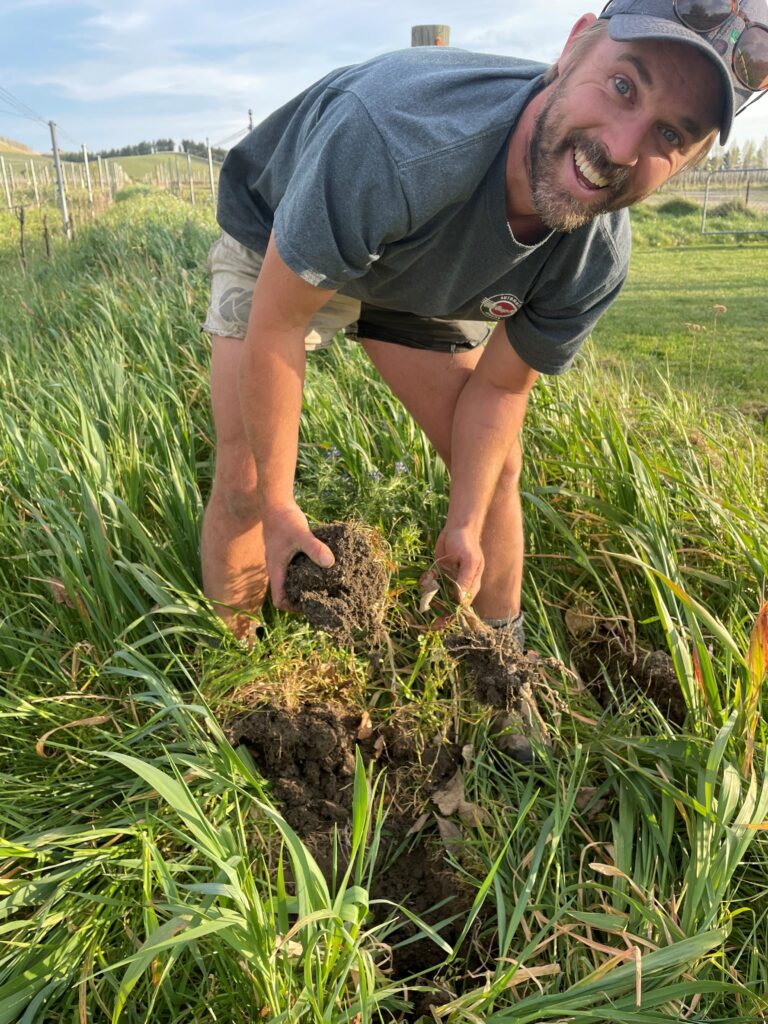
2. Enhancing Biodiversity
– Biodiversity strengthens ecosystems. By intercropping with a variety of plants, we provide food and habitats for beneficial insects and animals. The diverse pasture mix also feeds the soil more effectively than a single species planting. We value the “edges” of our vineyard—areas unsuitable for vine growing but perfect for native vegetation and windbreaks.
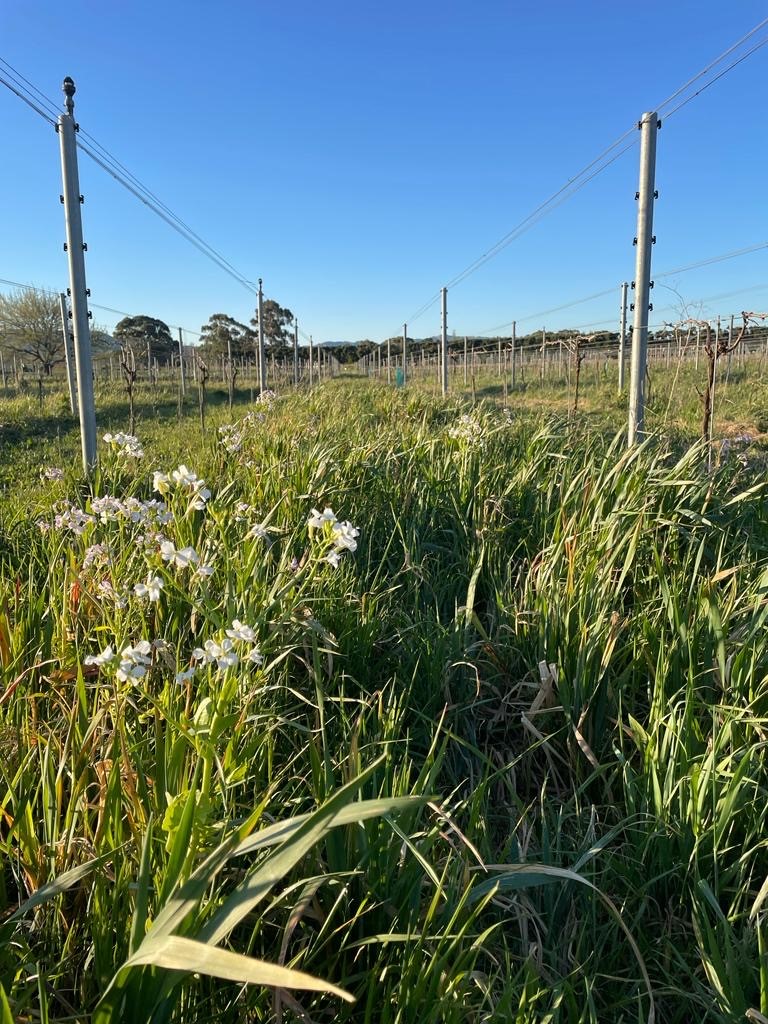
3. Integrating Livestock
– Animals are integral to regenerative agriculture. In our vineyard, sheep graze on grass, eat weeds, and naturally fertilize the soil. We’ve even adapted parts of our vineyard with a high cordon to allow sheep grazing right up until harvest. Ducks and chickens also play a role in maintaining vineyard health in smaller blocks.
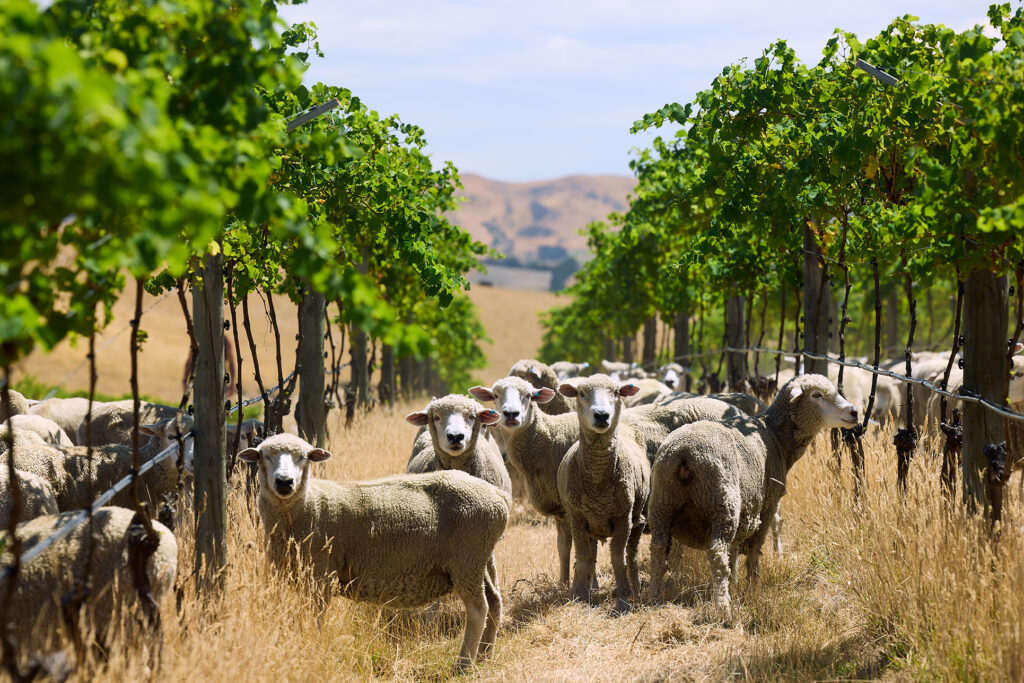
4. Conserving Water
– Water is a precious resource, and we take steps to minimize our usage. By fostering healthy soil, we increase its water-holding capacity, allowing our vines to thrive with less irrigation. We’ve also implemented sub-surface irrigation to reduce water loss through evaporation and provide water directly to the vines’ roots without irrigating shallow rooted weeds!
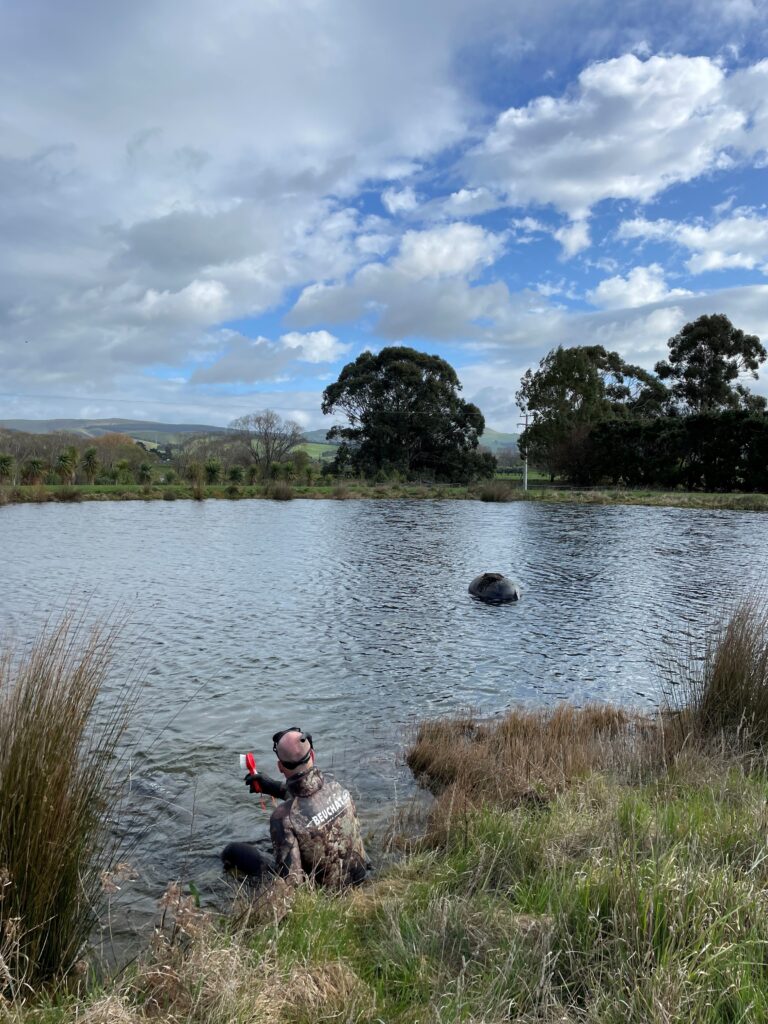
5. Promoting Carbon Sequestration
– We actively participate in carbon sequestration by planting trees on the steep hillside above our vineyard. These trees stabilize the soil, provide shade for pasture and sheep in summer, and absorb carbon, contributing to our environmental goals. This integration of trees and grazing is termed silvopasture and the wide planted forest of poplars is in the Emissions Trading Scheme.
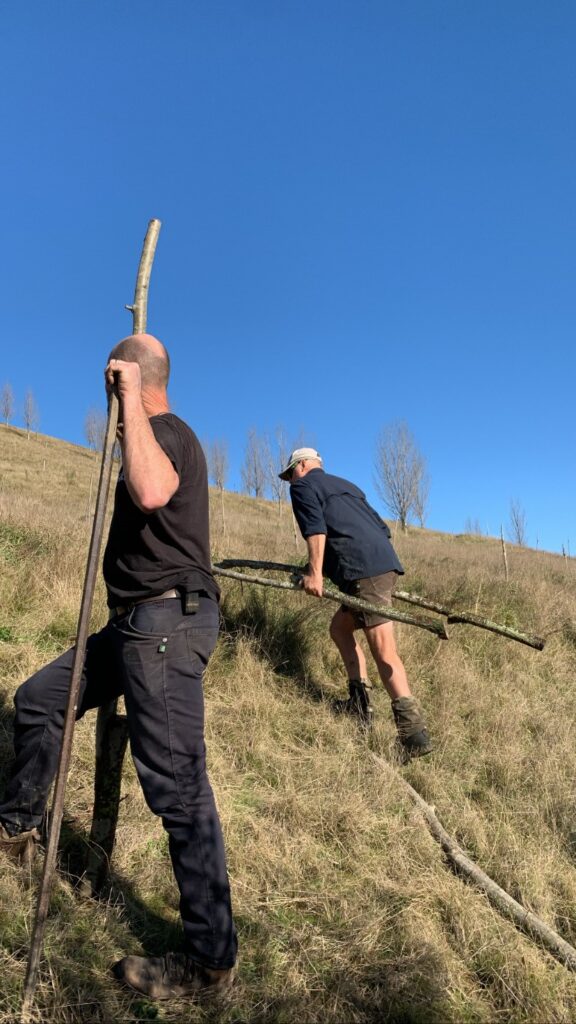
6. Ecosystem Resilience
– By utilizing regenerative practices, we aim to create a vineyard that adapts to environmental challenges and ensures long-term productivity. Through improving soil health, conserving water, and promoting biodiversity, our vines become resilient to unpredictable weather. A resilient vineyard not only survives adversity but thrives. This approach supports the health of our ecosystem and contributes to a healthy planet, aligning with the goals of organic and climate-positive farming.
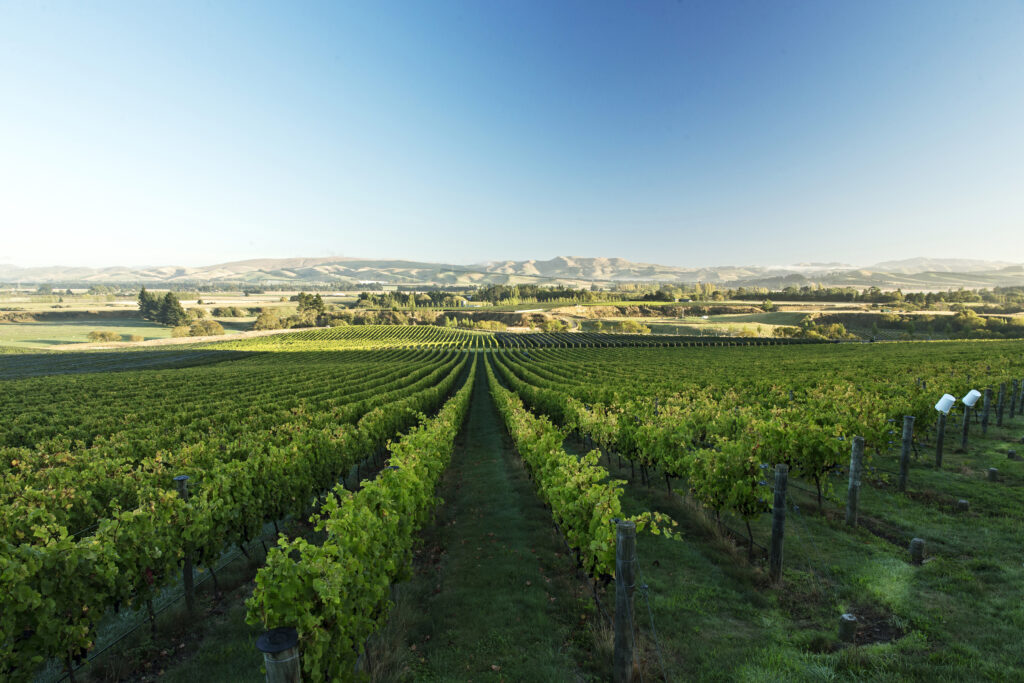
Regenerative agriculture is a lifelong journey, one that reflects our commitment to improving environmental outcomes while crafting award-winning wines that are deeply connected to our land and community.
